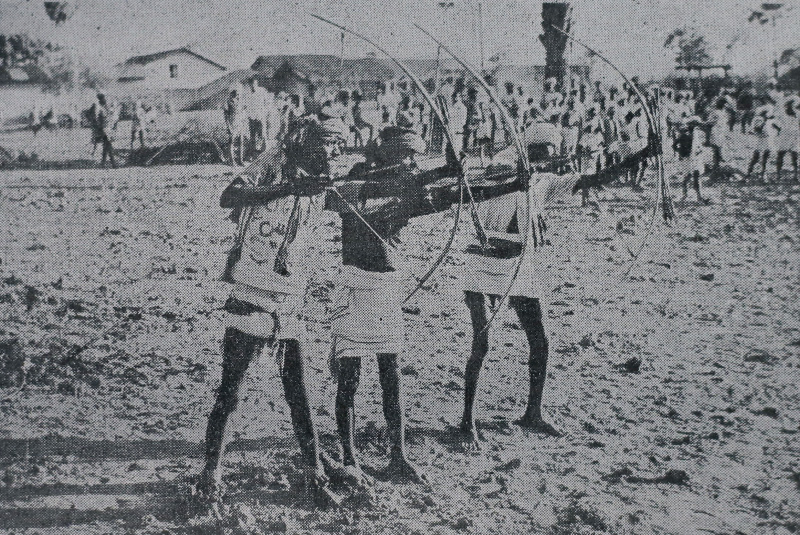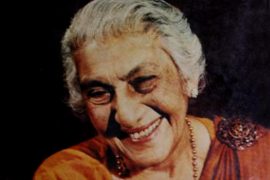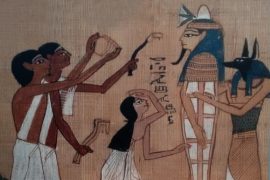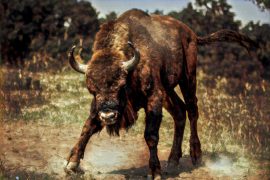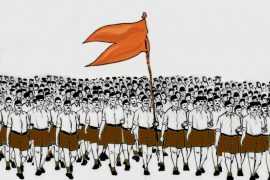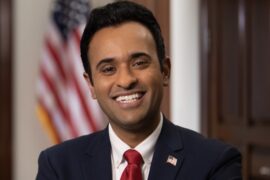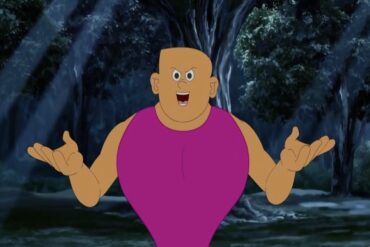If you want to see how mythology can touch reality, look no further than the Bhil archers of Western India. India’s largest tribal group are also its most renowned archers. And they follow a strict code, forbidding them from using their thumbs to draw an arrow.
The practice originates from the tribe’s ancestral figure, Ekalavya, an anti-hero of the Mahabharata. The son of Bhil parents, Ekalavya lived in the forest. He wished to learn archery from the greatest teacher of the land – Dronacharya – whose mandate was the train the royal princes. Arjuna was his star pupil and is commonly revered as the greatest archer of all time.
Dronacharya refused Ekalavya’s request to train under him. The latter made do with an earthen rendition of the old teacher. Speaking to this figure, he self-trained. His skills soon surpassed that of Arjuna himself. On the advice of Krishna, Dronacharya decides to cripple Ekalavya. His motivations are debated – whether they were based on caste (Ekalavya was of a lower caste than the Kshatriya prince) or on realpolitik (Krishna could see that Ekalavya would fight against them in later battles and needed to nip his power in the bud) is a mythical question.
Dronacharya approached Ekalavya and commended his skill. But he demanded a teacher’s gift (Gurudakshina) and this was to be Ekalavya’s thumb. Hesitating, Ekalavya asked him to confirm his request. The teacher did. With no further hesitation, Ekalavya cut off his right thumb and handed it to the teacher. He later resolved that he would surpass Arjuna even without his thumb.
Copyright©Madras Courier, All Rights Reserved. You may share using our article tools. Please don't cut articles from madrascourier.com and redistribute by email, post to the web, mobile phone or social media.Please send in your feed back and comments to [email protected]

